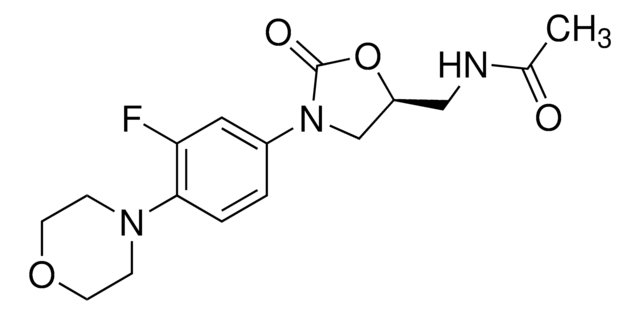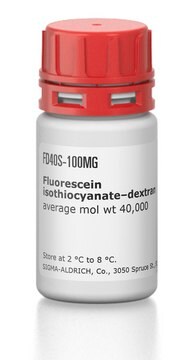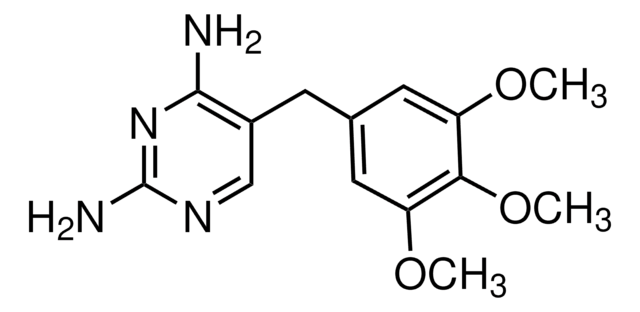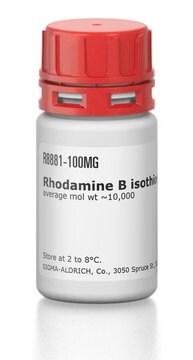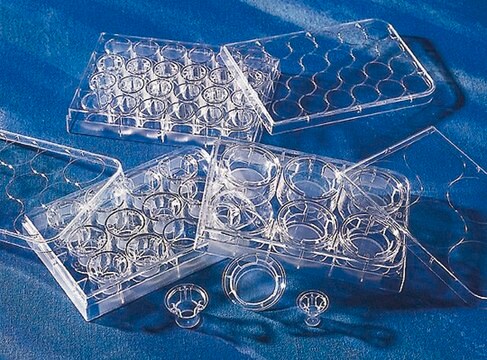About This Item
Recommended Products
form
powder
Quality Level
color
orange
fluorescence
λex 428 nm; λem 540 nm
storage temp.
room temp
SMILES string
[K+].[K+].NNC(=O)NN1C(=O)c2cc(cc3c(N)c(cc(C1=O)c23)S([O-])(=O)=O)S([O-])(=O)=O
InChI
1S/C13H11N5O9S2.2K/c14-10-5-1-4(28(22,23)24)2-6-9(5)7(3-8(10)29(25,26)27)12(20)18(11(6)19)17-13(21)16-15;;/h1-3H,14-15H2,(H2,16,17,21)(H,22,23,24)(H,25,26,27);;/q;2*+1/p-2
InChI key
HCWYSCVNSCIZCN-UHFFFAOYSA-L
Looking for similar products? Visit Product Comparison Guide
General description
Application
- to visualize cell morphology
- to assess intercellular communication activity through gap junction by scrape-loading assay
- as a component of the intracellular solution, which filled the dendrites for the visualization of neuronal morphology
- in the intracellular solution, to intracellularly label recorded neurons
Features and Benefits
Storage Class Code
11 - Combustible Solids
WGK
WGK 3
Flash Point(F)
Not applicable
Flash Point(C)
Not applicable
Personal Protective Equipment
Certificates of Analysis (COA)
Search for Certificates of Analysis (COA) by entering the products Lot/Batch Number. Lot and Batch Numbers can be found on a product’s label following the words ‘Lot’ or ‘Batch’.
Already Own This Product?
Find documentation for the products that you have recently purchased in the Document Library.
Customers Also Viewed
Articles
This is a protocol for a Membrane Integrity test for Lipid-PAMPA Artificial Membranes
Our team of scientists has experience in all areas of research including Life Science, Material Science, Chemical Synthesis, Chromatography, Analytical and many others.
Contact Technical Service

